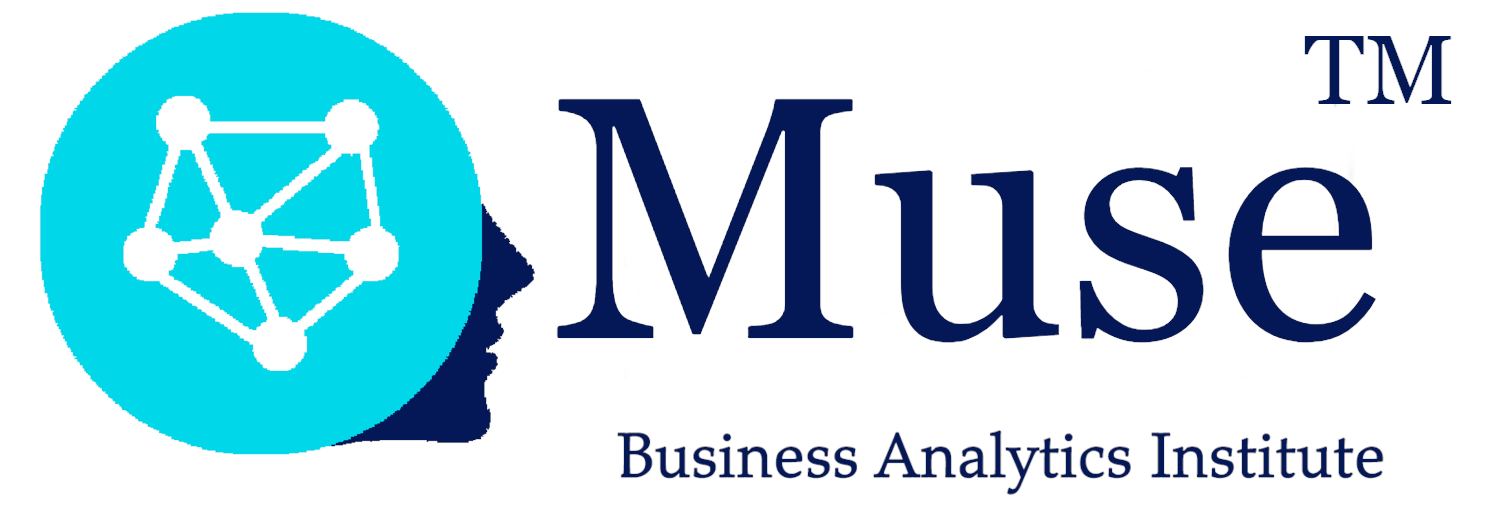The application of AI technologies in STEM education:
A systematic review from 2011 to 2021
Source: Springer
The paper is published in the International Journal of STEM Education (Article number: 59 (2022)) and is authored by Weiqi Xu and Fan Ouyang. Weiqi Xu and Fan Ouyang are interested in the application of artificial intelligence (AI) in science, technology, engineering and mathematics (STEM) education.
To conduct this study, Weiqi Xu and Fan Ouyang reviewed 63 empirical research papers on AI in STEM disciplines over a 10-year period (2011-2021).
Weiqi Xu and Fan Ouyang classified the research into 6 main categories. In addition to these 6 categories, each main category has several subcategories.
The first category of AI applications in STEM education is learning prediction, exemplified by systems that predict student performance or learning status in advance through AI algorithms and modeling approaches.
The second category of AI applications in STEM education is intelligent tutoring systems (ITS), defined as AI-based systems designed to provide personalized instruction or feedback to students and promote personalized and adaptive learning.
The third category of AI applications in STEM education is student behavior detection, which refers to systems for exploring and tracking student behaviors, patterns, and learning characteristics through data mining and AI learning analytics in teaching and learning processes.
The fourth category of AI applications in STEM education is automation, which uses AI technologies to automatically assess student performance and generate questions or tasks for instructors.
The fifth category of AI applications in STEM education is educational robots, which is the adoption of robots in STEM education to facilitate students' learning experience and enable them to acquire knowledge in an interactive manner.
And, in the last category, other, consisting of two papers on collaborative learning training based on commonalities among students or improving student engagement.

